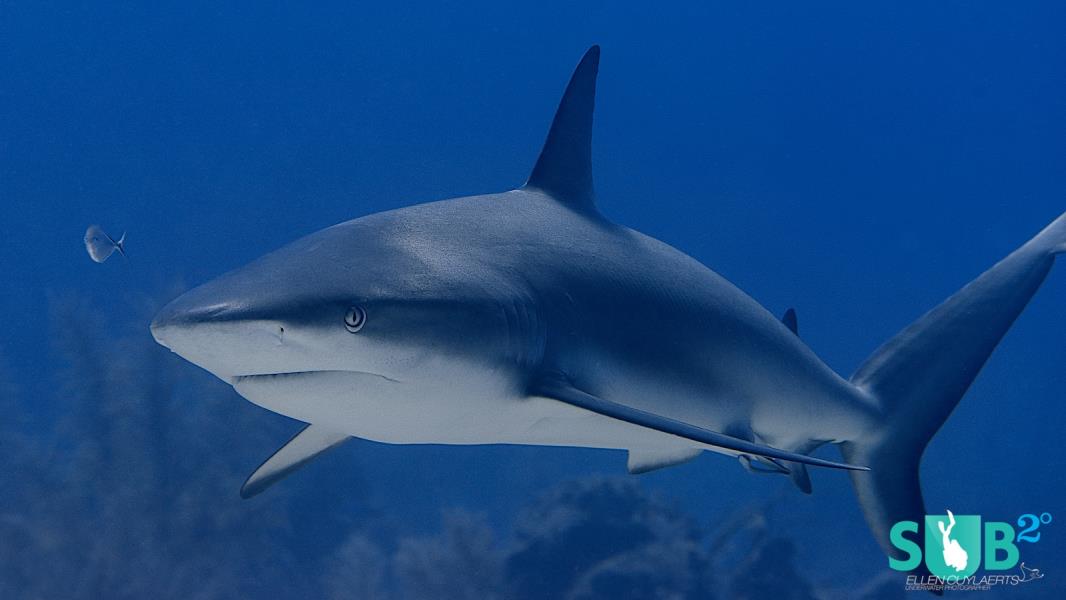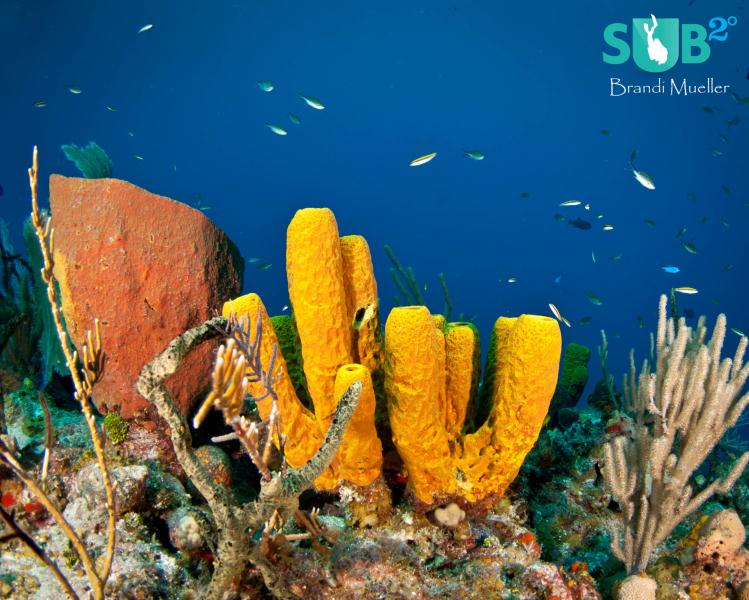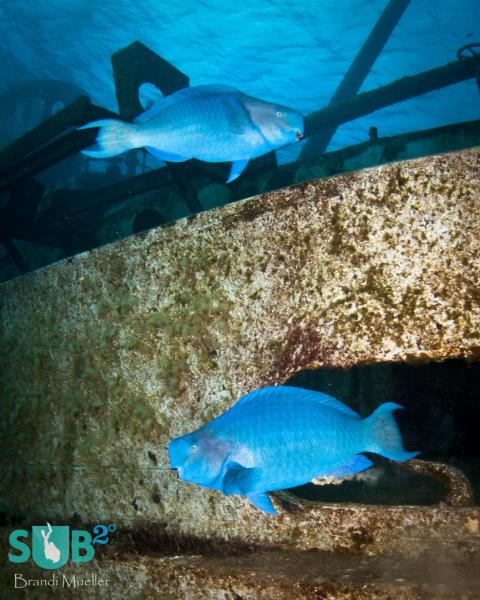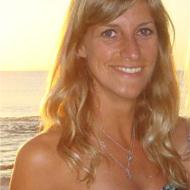 Scuba Diving Cayman Islands
Scuba Diving Cayman Islands
418 Dive Sites 54 Dive Shops 17 Dive Logs
Part 1: Overview of Scuba Diving in Cayman Islands
The Cayman Islands are well known as a tax-free paradise, and for big bank accounts. However, the three islands are also a true paradise for divers. Consisting of Grand Cayman, Little Cayman and Cayman Brac, diving Cayman Islands offers something different every day, literally, because since November 2012 the islands offer exactly 365 official dive sites in total.
Grand Cayman, as the name implies, is the largest of the three islands. Boasting the highest amount of dive sites, facilities and dive centers, Grand Cayman is where most visitors spend their time. It’s easy to rent a car and get around the island, and even do some shore dives. Grand Cayman is also the gateway to the other Cayman Islands, from where small express planes fly visitors to the two smaller islands.
Cayman Brac is the middle sister of the three islands in size, however for diving, it’s the least well known of all three. Still, Cayman Brac diving offers over 40 dive sites that combine walls, reefs, and wreck dives.
Little Cayman Island is not only the smallest in size, but also in population. With only 150 or so permanent residents, one grocery store and a handful of hotels, visitors often say that this is how the Caribbean used to be in other places over 40 years ago. The island may be small and quiet, but its reputation as an amazing dive destination is widely known, and even got mentioned by Jacques Cousteau as one of the three finest diving spots in the world.
The Cayman Islands enjoy a year-round warm climate and most dive operators organize dives all through the year. Months May to August are the warmest months with water temperatures up to 29 degrees Celsius. June till November is hurricane season and December till February are the coolest months when water temperatures drop to - a still very comfortable- 27 degrees Celsius. A 3 mm long wetsuit or shorty in summer is sufficient for most divers.
Part 2: Dive Sites, Marine Life & Environment in Cayman Islands
The world-famous Stingray city is a dive-and-snorkel site that gives visitors a close-up and personal experience with stingrays, unlike anywhere in the world. Divers kneel down in the sand, at only 12 feet deep, and hand-feed the rays, which will swim up and suck the food out of their hands. Although a unique experience, this site can be crowded, especially when cruise ships are in. For a better dive experience, the Trinity Caves is a series of swim throughs and canyons between 18 and 30 meters deep. A great site to see black coral and giant sponges, Trinity Caves is home to a healthy population of fish life that includes groupers, angelfish and barracuda, with the occasional eagle ray passing by.
By far the most popular dive on Cayman Brac is the shipwreck ‘Captain Keith Tibbets’. This Russian destroyer was bought and purposely sunk on a sandy plateau in 1996 and has since turned into a shelter for a multitude of marine life. Overgrown with corals and sponges, the wreck houses moray eels, scorpion fish, and turtles, and the sandy bottom around the wreck is a good place to see garden eels, starfish and sting rays. With a depth between 18 and 26 meters, great visibility and gentle conditions, this is a great dive for divers of any level and underwater photographers.
Mixing Bowl on the north side of Little Cayman combines the best of both Bloody Bay Marine Park and Jackson Bay Marine Park. Located right at the spot where the straight wall of Bloody Bay changes into the more broken drop and sandy stretch of Jackson bay, Mixing Bowl attracts marine life of different habitats, from turtles to stingrays to all your tropical reef fish.
Probably the most discussed and sought-after dives in Little Cayman are the ones on Bloody Bay Wall. A shallow reef plateau, of about 25 feet deep, dramatically drops straight down to around 6000 feet, creating a vertical wall that will humble even the most experienced diver. Dive sites Great Wall West, Great Wall East, and Ringers Wall are the three sites that show the most dramatic drop; however, all dive sites in Bloody Bay Marine Park drop in to the deep.
Part 3: Dive Shops, Airports & Logistics of Diving in Cayman Islands
Living the Dream Divers on Grand Cayman has a simple concept of taking small groups on big dive boats and offering excellent personalized service. This small-family owned and operated dive shop ensures quality and tailored trips to both novice and experienced divers.
Compass Point Dive Resort in East End, Grand Cayman, gets raving reviews online. This small and personal place is a dedicated dive resort that offers comfortable accommodation and on-site boat departures. Their dives are conducted at the east side of the island, known for its pristine reefs, walls and excellent diving. Besides east side diving, the dive center also help organizes trips to the popular Stingray city and Kittwake wreck, leaving from different locations.
Cayman Brac, though larger than Little Cayman, has the least amount of dive operators on the island. Reef Divers, located in the Brac Reef Beach Resort, is the largest operator on the island and is a PADI and SSI affiliated dive center. They offer first class service and have a modern fleet of 5 custom-built dive boats. Brac Scuba Shack is a small dive operator that focuses on taking small groups out, and therefore is able to offer personal service and flexible departures to suit everyone's needs.
Little Cayman Island diving isn’t crowded and offers excellent quality in dive services. About four dive operators are active in the waters around Little Cayman, with an Occasional visit of the Cayman Agressor liveaboard fleet. Reef Divers is the largest operation, situated in Little Cayman Beach Resort. Operating several boats with professional staff and a nicely equipped dive shop, Reef divers offer dive trips and PADI dive training. Southern Cross Club, a small and more upscale resort, gets excellent online reviews. Advertising ‘barefoot elegance’, this place enjoys many repeat guests that keep coming back to be part of the family and engage in exquisite diving with knowledgeable staff.
---- Book Your Diving ----
Fill in the Form Below.
Our hand picked regional partners will deliver no obligation quotes.
Tweets by @DiveAdvisorApp
Top Dive Shops
Top Dive Sites
Cities
Reviews
Dive Logs
-
Gigglin' Marlin Wednesday, August 15, 2012
-
Ann Challenor Friday, July 28, 2017
Certifications Offered
-
Discover Scuba Diving
Southern Cross Club , Blossom Village -
Open Water Diver
Pirates Point Resort , Blossom Village -
PADI Scuba Diver
Pirates Point Resort , Blossom Village





